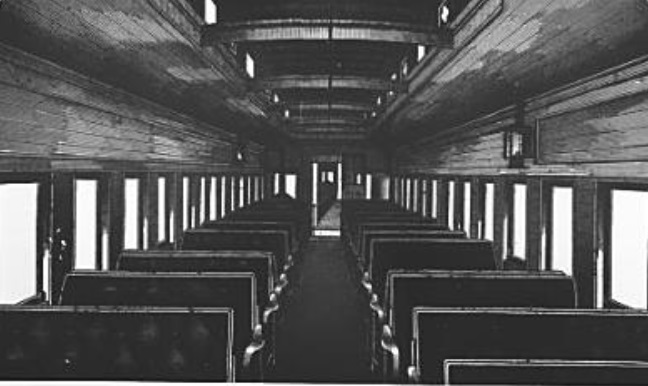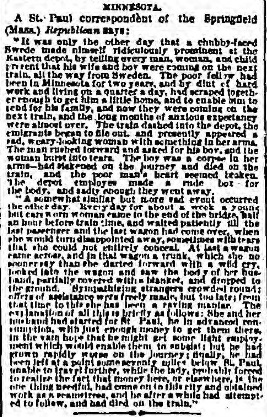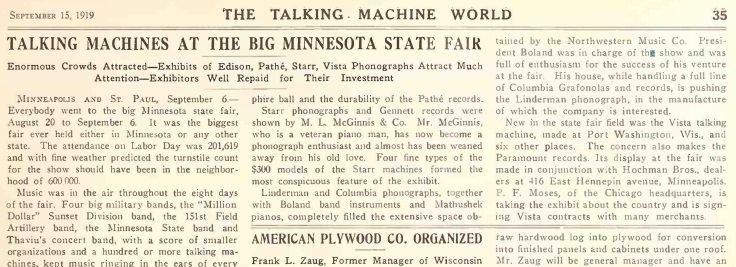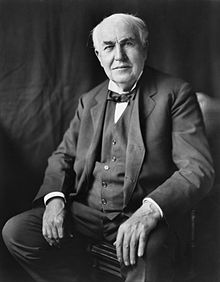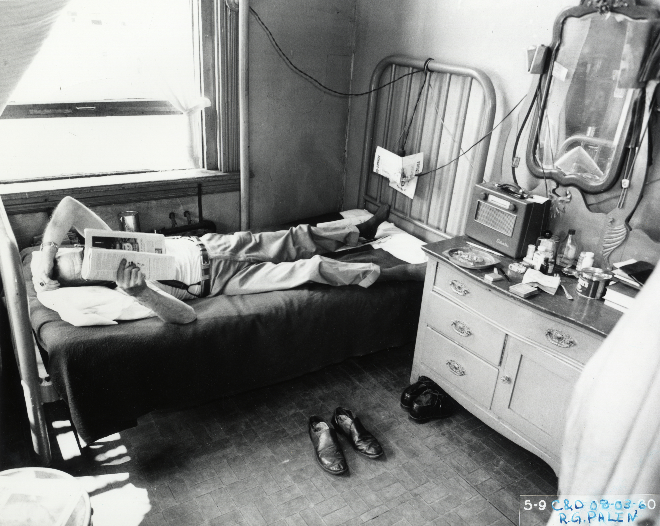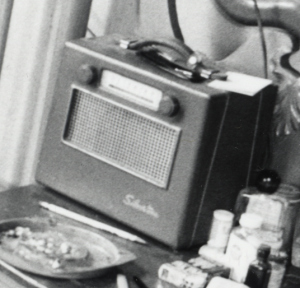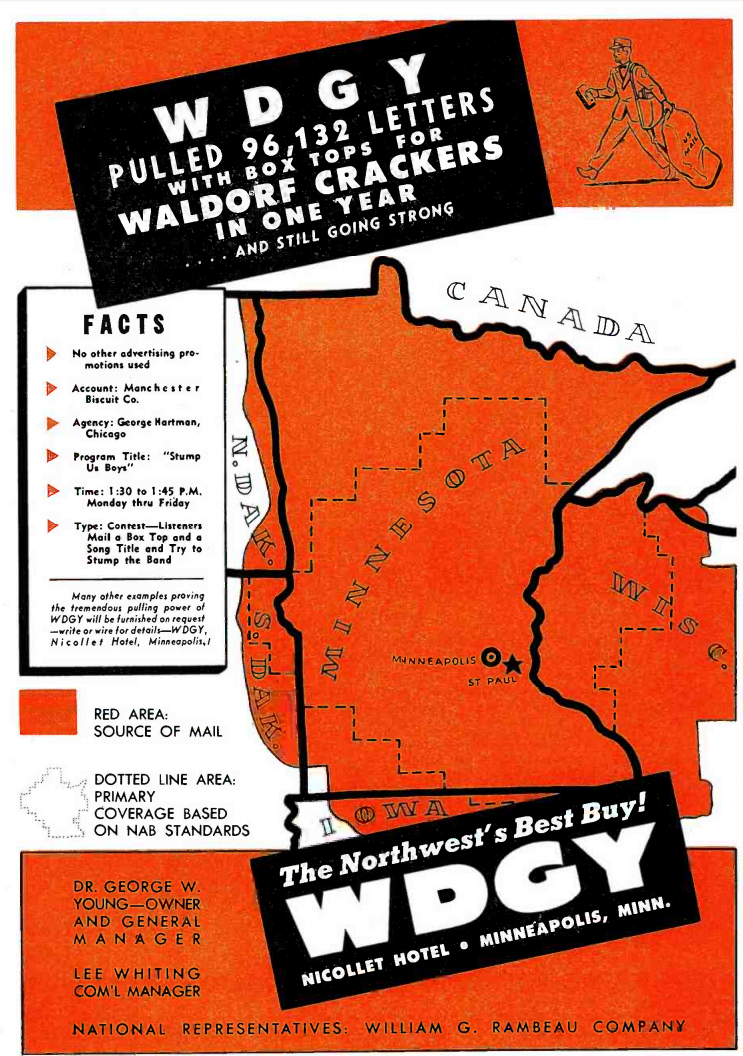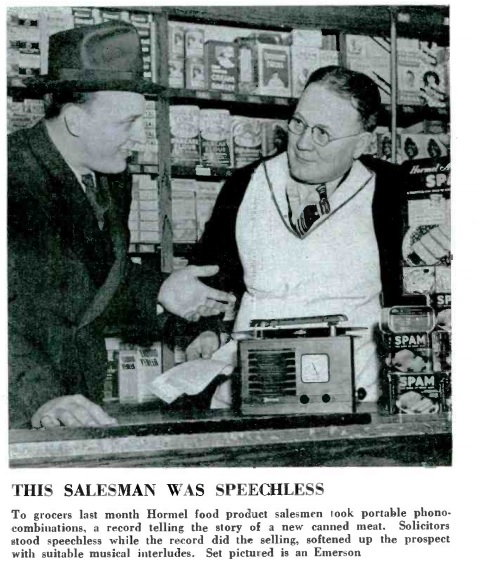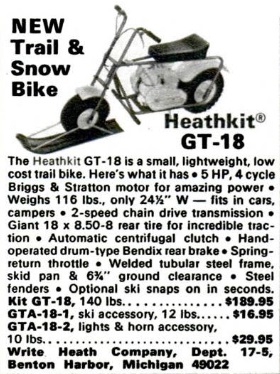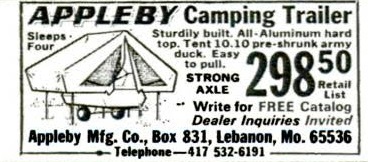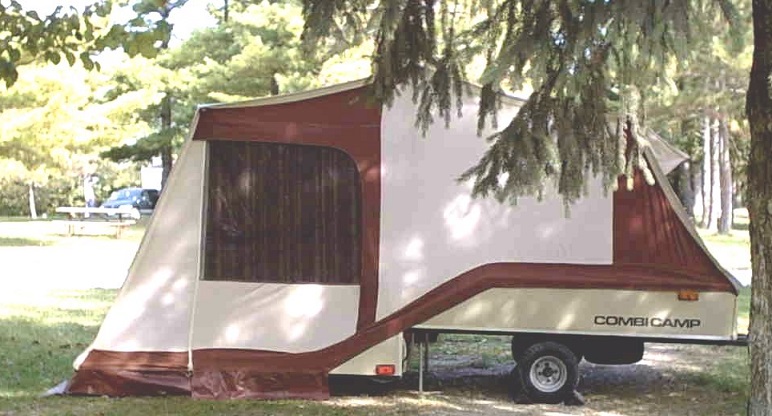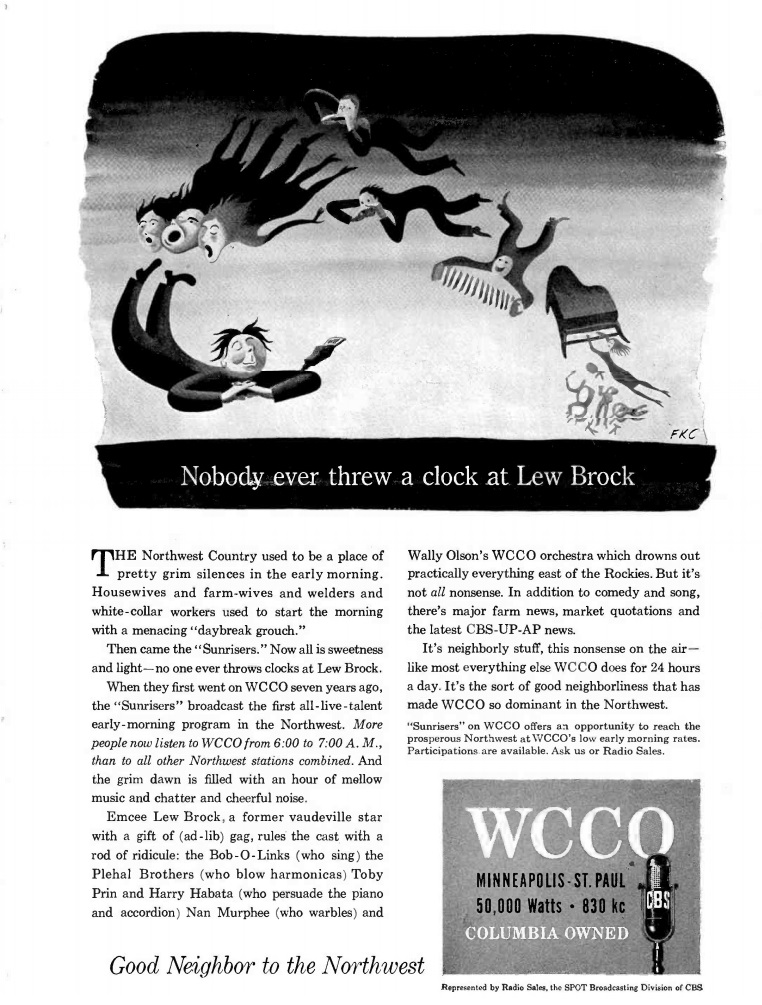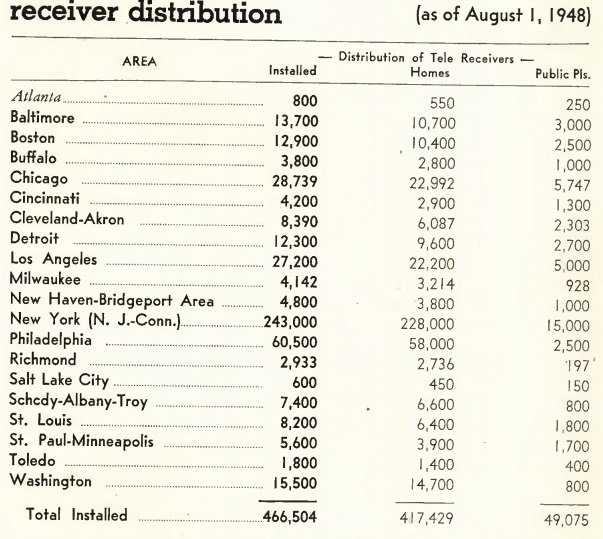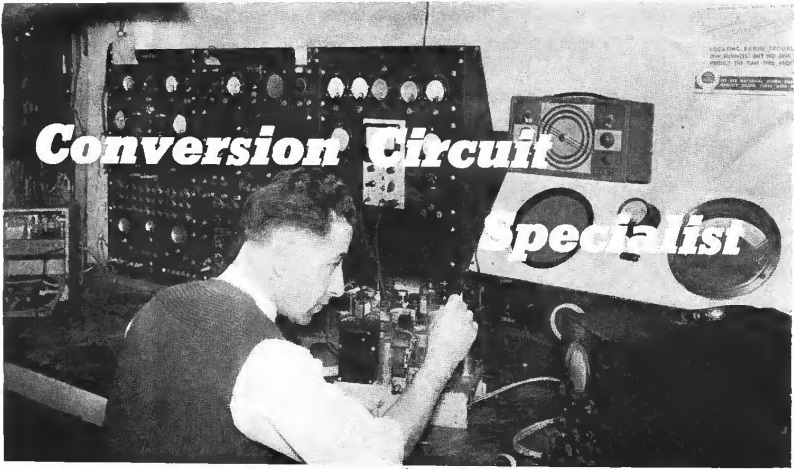 Shown here in 1944 is Maurice G. Goldberg, the owner of Beacon Radio Service Shop, 142 East Fourth St., St. Paul, MN. The shop had been in business for 20 years, and even before the war had concentrated on service. Indeed, the sign outside read, “if we can’t fix it, throw it away.”
Shown here in 1944 is Maurice G. Goldberg, the owner of Beacon Radio Service Shop, 142 East Fourth St., St. Paul, MN. The shop had been in business for 20 years, and even before the war had concentrated on service. Indeed, the sign outside read, “if we can’t fix it, throw it away.”
Even with wartime parts shortages, the shop was living up to its reputation of being able to fix anything. And since new sets were not available for sale, his decision to concentrate on service proved profitable.
Goldberg had been able to keep many radios operating by interchanging tubes, with often meant having to rewire the set. He was so flooded with business that backlogs ran about three weeks. He did, however, prioritize oldtime customers. His reasoning was that when conditions returned to normal after the war, many customers would return to local dealers. But the long-term customers would appreciate the loyalty shown to them.
Greenberg also taught at the Dunwoody Institute in the Army training program. He did occasionally get students who were available to help out in the shop, but he did the bulk of the work himself, working long hours.
Goldberg was indeed a Minnesota radio pioneer. He’s listed as of 1924 as the licensee of KFOY, with broadcast 250 watts on 1350 kHz (222.1 meters). This frequency was shared with WAMD Minneapolis, licensed to one Stanley E. Hubbard. The stations were bought in 1928 by the National Battery Company, which merged them together under the new call sign KSTP, with Hubbard as general manager. Power increased to 25,000 watts, and Hubbard re-acquired a controlling interest in 1941.
The photo above appeared 75 years ago this month in the December 1944 issue of Radio Retailing.

